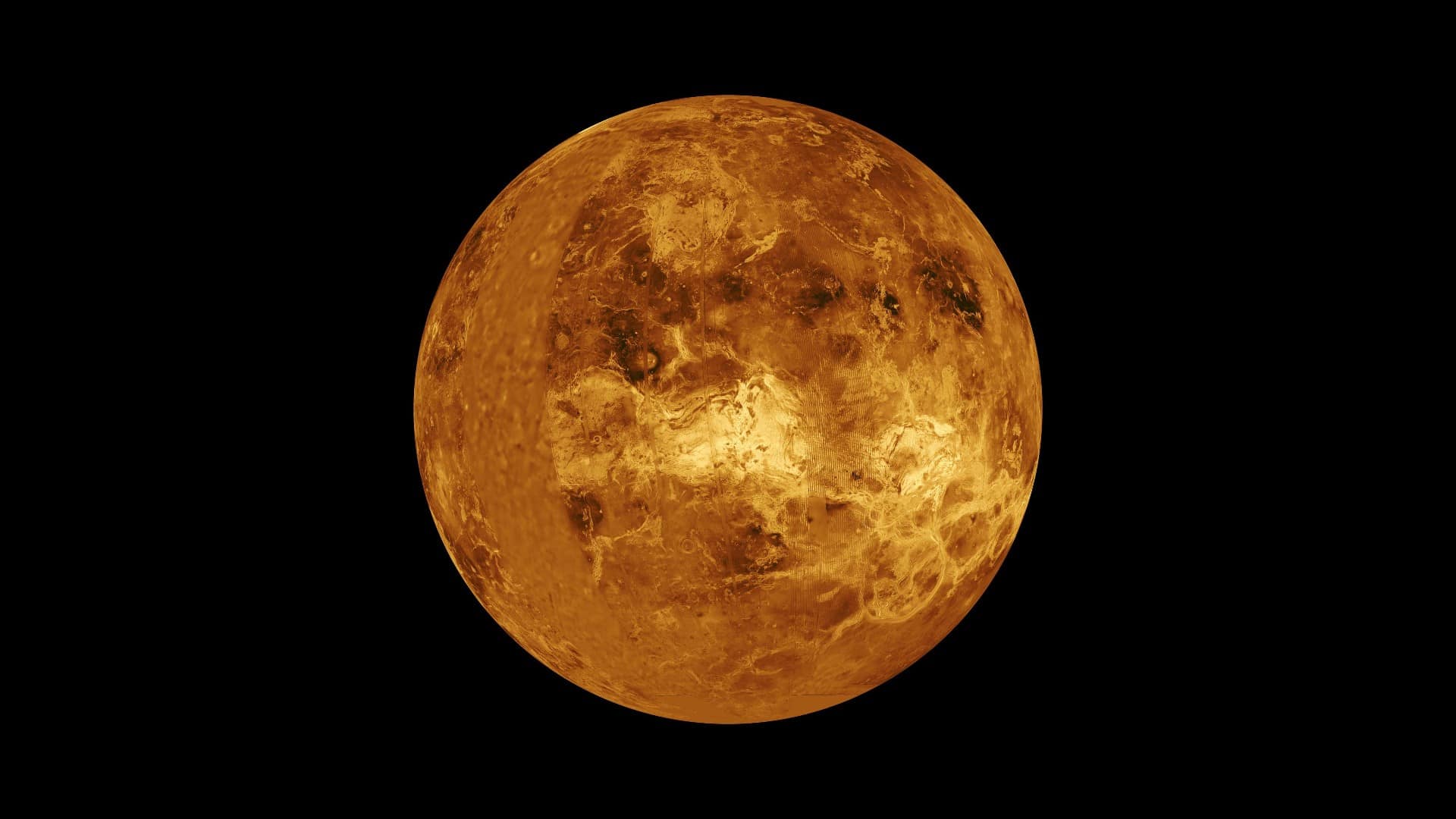
Venus, often depicted as a boiling hellscape, might have harbored geological secrets similar to early Earth. Recent research indicates that Venus might once have had tectonic plate activity akin to Earth, setting the stage for speculations about early Venusian life and Solar System history.
In a Nature Astronomy report, scientists demonstrate that Venus’ current atmospheric composition and surface pressure are indicative of early tectonic activity. Such processes, pivotal to life, involve continental plates interacting—moving apart, colliding or sliding beneath one another.
This tectonic dance over billions of years on Earth birthed continents and mountains. It triggered chemical reactions that stabilized Earth’s surface temperature, thereby making it life-friendly.
Conversely, Venus, Earth’s closest sibling in the cosmic neighborhood, became a furnace, with temperatures soaring high enough to melt lead. Traditionally, Venus was believed to have a “stagnant lid” – a single, rigid surface plate with minimal activity, movement and gasses being released into the atmosphere. However, the new findings challenge this view.
To justify the high levels of nitrogen and carbon dioxide in Venus’s atmosphere, the research suggests Venus had tectonic plate movements between 4.5 and 3.5 billion years ago. This means that both Earth and Venus might have exhibited tectonic behavior concurrently.
Earth and Venus: A parallel history
This discovery enhances the chances of ancient microbial life on the second planet from the Sun. It implies that these sister planets, despite their shared attributes, such as size and mass, once had parallel histories before their paths diverged.
“One of the big picture takeaways is that we very likely had two planets at the same time in the same Solar System operating in a plate tectonic regime — the same mode of tectonics that allowed for the life that we see on Earth today,” said Matt Weller, the study’s lead author who completed the work as a Brown University postdoctoral researcher, now at the Lunar and Planetary Institute in Houston.
The study introduces a hypothesis that planets might alternate between tectonic states. This shift suggests that planets might be suitable for life intermittently rather than maintaining continuous habitability. This perspective becomes even more interesting when looking at distant celestial bodies, like Jupiter’s moon Europa, which could also exhibit Earth-like tectonics or far-off exoplanets.
“We’ve so far thought about tectonic state in terms of a binary: it’s either true or it’s false, and it’s either true or false for the duration of the planet,” said study co-author Alexander Evans, an assistant professor of Earth, environmental and planetary sciences at Brown. “This shows that planets may transition in and out of different tectonic states and that this may actually be fairly common. Earth may be the outlier. This also means we might have planets that transition in and out of habitability rather than just being continuously habitable.”
The researchers began their work to demonstrate that the atmospheres of distant exoplanets can be powerful indicators of their early histories, before deciding to investigate that point closer to home.
As a starting point, they used current information on Venus’ atmosphere and assumed that the planet has always had a lid that hasn’t moved. It didn’t take them long to figure out that the simulations of the planet’s current atmosphere didn’t match up with where the planet is now regarding the amount of nitrogen and carbon dioxide in the atmosphere and the pressure at the surface.
They then made models of what would have happened on Earth for it to become what it is today. After accounting for limited tectonic movement in the early stages of Venus’ history and implementing the stagnant lid model that is in use today, they eventually matched the numbers almost precisely.
Overall, the team thinks that the work shows that atmospheres can give us information about the past.
“That’s going to be the next critical step in understanding Venus, its evolution and ultimately the fate of the Earth,” Weller said. “What conditions will force us to move in a Venus-like trajectory, and what conditions could allow the Earth to remain habitable?”









